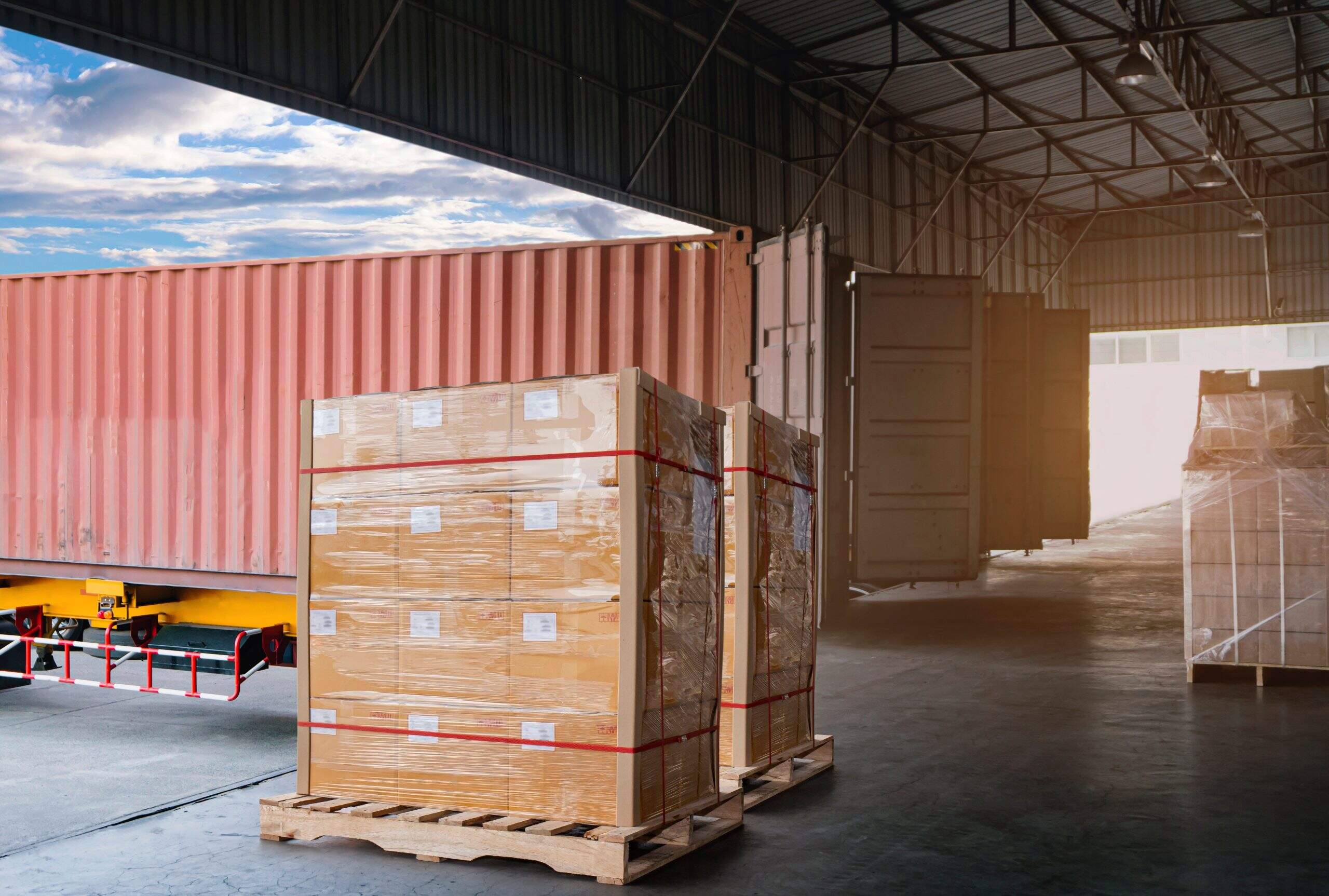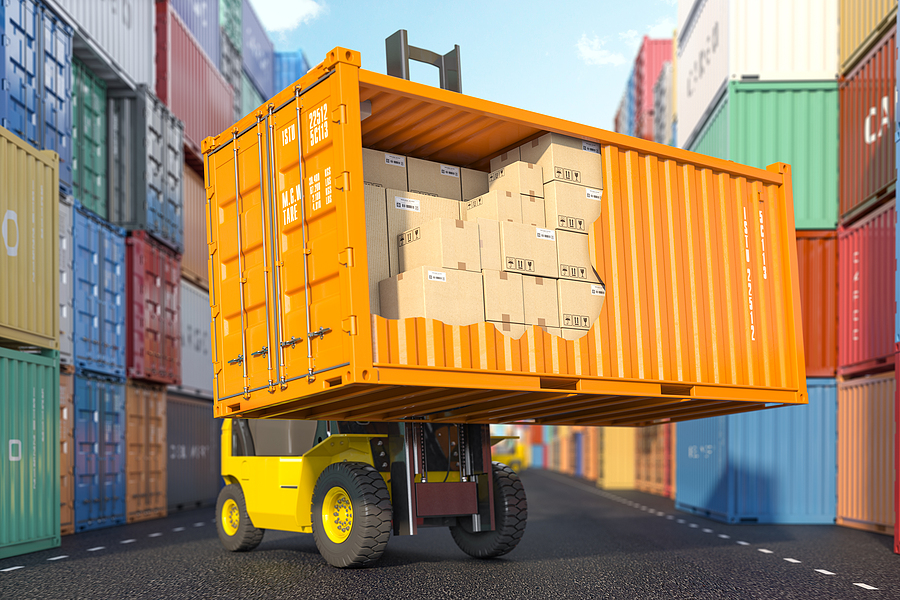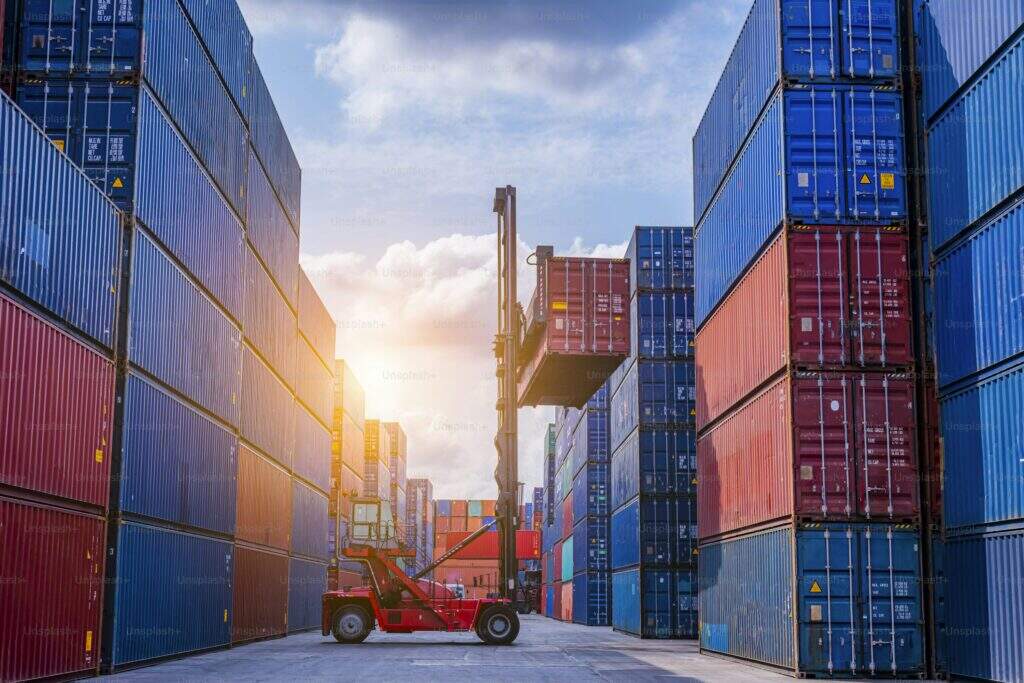ocean and air logistics
Ocean and air logistics represent the backbone of modern global trade, combining maritime shipping capabilities with aerial transportation to create comprehensive supply chain solutions. These integrated logistics services leverage advanced tracking systems, automated warehouse management, and sophisticated routing algorithms to ensure efficient cargo movement worldwide. Ocean logistics utilizes container ships and bulk carriers, equipped with state-of-the-art navigation systems and environmental monitoring tools, while air logistics employs a network of cargo aircraft and strategic hub locations. The technological infrastructure includes real-time tracking platforms, temperature-controlled storage facilities, and customs clearance automation. These systems work in tandem to provide end-to-end visibility, from pickup to final delivery. The integration of Internet of Things (IoT) sensors enables constant monitoring of cargo conditions, while artificial intelligence optimizes route planning and capacity utilization. This comprehensive approach ensures reliable, secure, and timely delivery of goods across continents, supporting everything from retail supply chains to industrial manufacturing operations.


